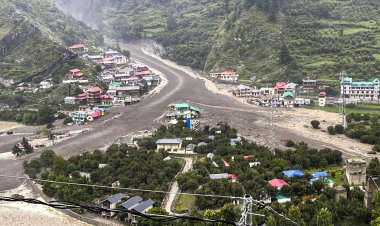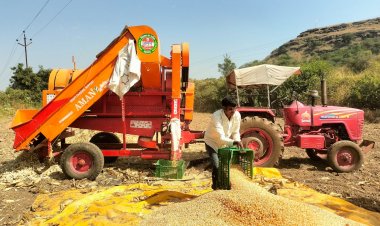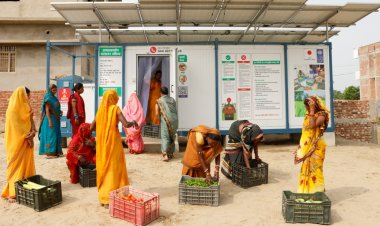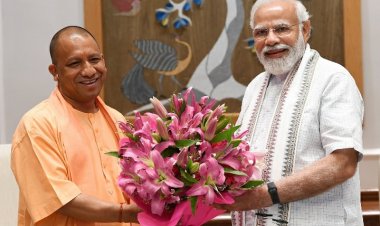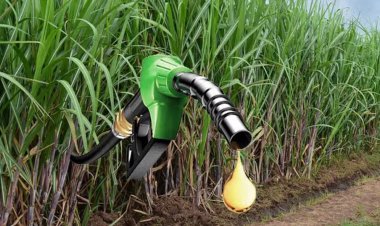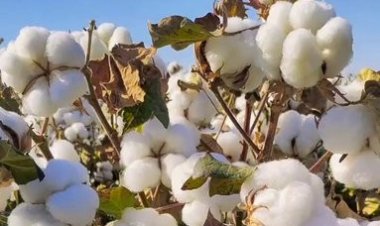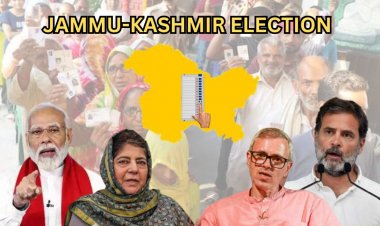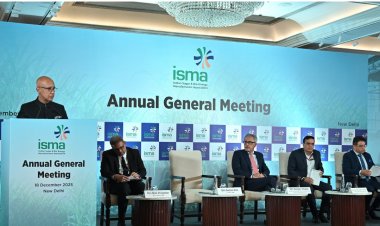Is inflation a non-issue in elections? Do not rush to this conclusion
Inflation may not have had an impact at the hustings for the BJP in four states, but dismissing it as a non-issue would be a smug attitude, to say the least.
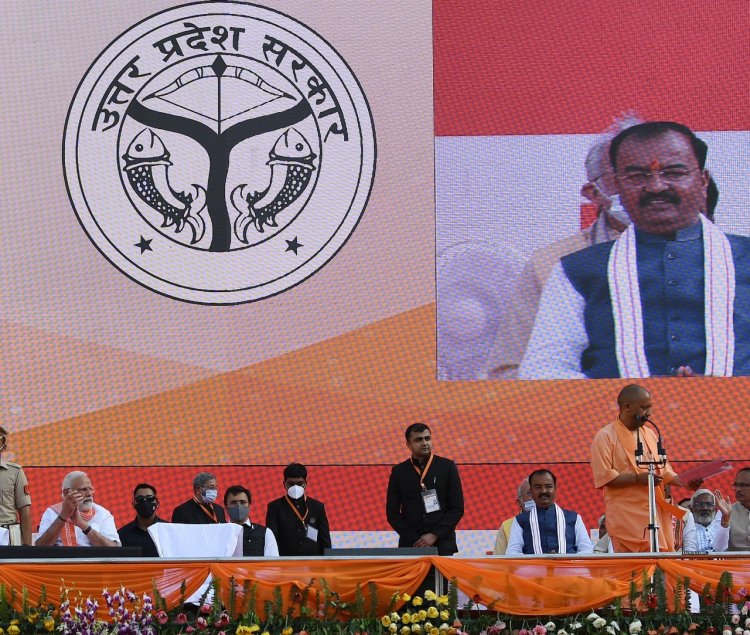
After an emphatic and rare return to power in Uttar Pradesh for a chief minister, there is this impression gaining ground whether issues of immediate concern to people like runaway inflation matter in elections at all. The BJP returned to power in three other states of Uttarakhand, Goa and Manipur, besides the politically all-important Uttar Pradesh.
A resurgent Akhilesh Yadav did raise the issue of inflation and unemployment and managed to gain ground with increasing his vote share, but could not match the highly charged-up election machinery of the BJP led by Prime Minister Narendra Modi and his trusted Home Minister Amit Shah. In the end, a political and polarizing campaign trumped the bread-and-butter issues.
Can we say then that inflation would never inflict political costs on the ruling dispensation? Amidst the 24x7 shrill of the media, including the all-pervasive social media, elections have become a different ball game. You win or lose elections depending on your strategy centring around perceptions, overshadowing the ground reality more often than not.
Those who argue that voters have no interest in rising petrol prices or punishing household budgets do have a point, at least partially. But let's not rush to this conclusion. Take a good look at Punjab, where the Aam Aadmi Party broomed away the two major political parties on the issues of misgovernance, with inflation and unemployment being the major factors.
Returning to the economics of price rise, the situation is quite bad. The Wholesale Price Index (WPI) has remained in double digits for 11 months with the retail Consumer Price Index (CPI) is staying above the six per cent mark, much above the RBI target of two per cent plus or minus four per cent. RBI Governor Shaktikanta Das has got into the habit of dismissing the troublesome inflation figures as ''transitory''. One does not know what he means by this; all we know is that the word 'transitory' suggests something in passing or temporary. An economy being wheeled by 130 crore Indians is suffering high inflation for about a year now, but the RBI Governor continues to dismiss it as ''transitory''. Das knows what he is talking about, but would continue to ''look through'' rising prices, which have left small savers with negative returns and inflicted pain on the common households.
For February 2022, the WPI print was 13.11 per cent and CPI 6.07 per cent. Mind you, we had no increase in petrol or diesel prices since November 2021 because of state elections. The unwritten order has now been withdrawn, resulting in an almost daily rise of 80 paise. Petrol and diesel prices are either near about or above Rs 100 per litre in different states. Even in the midst of no increase in petrol and diesel prices for five months, the annual WPI inflation under the 'Fuel and Power' segment was 31.5 per cent for February 2022. Hold your breath when the March data would be released incorporating the latest increases in the pump prices!
The other feature of the price rise is that it is all-pervasive — primary articles (13.39 per cent), manufacturing (9.84 per cent) and food (8.47 per cent).
It is a pertinent question as to why this analysis is focused more on WPI rather than on CPI? After all, the RBI considers retail inflation while taking a call on the policy interest rates.
The answer is that the starting point of the supply chain is at the wholesale level or the factory gate; if prices have remained elevated to this extent the impact is bound to be felt by the consumer down the line.
Paradoxically, the difference between CPI and WPI has never remained so high for this long. There could be two possible reasons: One, the supply chain continues to remain disrupted even after the Covid pandemic has abated and restrictions have been removed; and two, the traders at the retail level are squeezed because of low demand.
We have a peculiar situation where inflation is being stoked not by rising demand but by factors that are difficult to explain beyond a point.
The data does not suggest that the industry is benefiting from the rising prices. They face a double whammy of high raw material costs and almost no growth in production. The Index of Industrial Production (IIP) for January (latest data) had barely shown a growth of 1.3 per cent. The difference between the WPI and the CPI is that the former has a huge weightage of over 64 per cent of manufacturing. In the retail segment, the maximum weightage (about 46 per cent) is of food and beverages.
The industrial inflation in WPI, which eventually flows down at the retail level, is being caused by basic metals, textiles, paper and paper products, and chemical and chemical products. Prices of foodgrains, oilseeds and other kitchen items too are shooting through the roof in wholesale mandis: oilseeds 22.88 per cent, wheat 11.03 per cent and vegetables 26.93 per cent.
Inflation may not have had an impact on the hustings for the BJP in four states, but dismissing it as a non-issue would be a smug attitude, to say the least.
(Prakash Chawla is a New Delhi-based independent journalist.)



 Join the RuralVoice whatsapp group
Join the RuralVoice whatsapp group

















